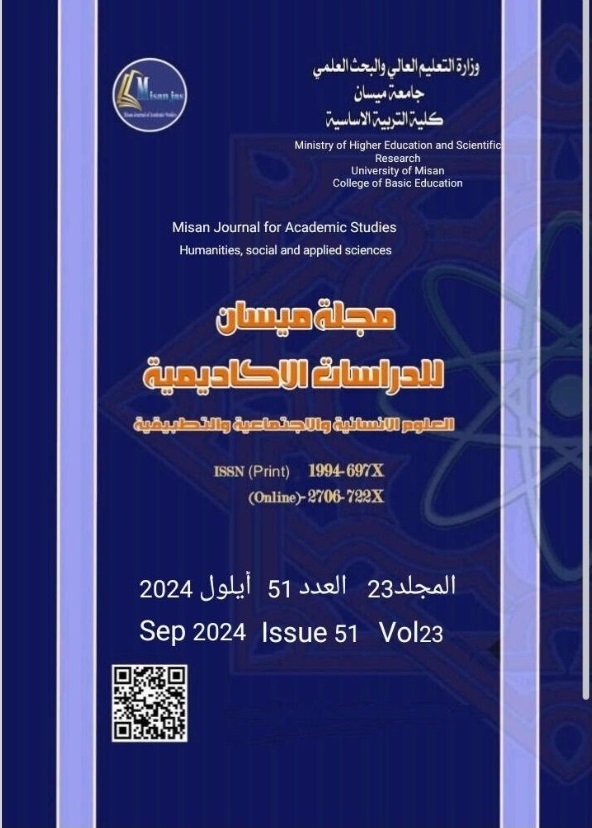Distributed Random Number Generation Fair and Reliable for Blockchain Applications
Abstract
Random number generators, or RNGs, are essential in a variety of domains, such as blockchain applications, information technology, and computer security. Pseudorandom numbers, their classification, experimental analysis, and the search for cryptographically secure pseudo-random number generators (CSPRNGs) are the main topics of this paper's investigation into cryptographic random number generators. The paper highlights the technical difficulty of producing tamper-proof, unexpected, and verifiable random numbers in distributed systems like blockchains, drawing on findings from a Chainalysis study.
Applications of blockchain emphasize the need for safe random numbers, especially in the gaming and token (NFT) industries, which are valued at over $44 million. Platforms such as the blockchain lottery Pooltogether, which has received over $10 million from players and pays out over $8,000 in weekly prizes at random, show the lottery's worldwide appeal. The Proof-of-Stake (POS) consensus method used by Ethereum, which makes use of decentralized RNGs, demonstrates how safe.
Downloads
Copyright (c) 2024 (Humanities, social and applied sciences) Misan Journal of Academic Studies

This work is licensed under a Creative Commons Attribution-NonCommercial-NoDerivatives 4.0 International License.
The copyright is also the copyright of the magazine only.
All articles published in our magazine are subject to license terms
Creative Commons Attribution(CC BY-NC-ND 4.0) This license permits the content to be reproduced, redistributed and reused in whole or in part for any purpose free of charge, without any permission from the author(s), researcher or student.
Works submitted to Maysan Journal of Academic Studies for publication in the journal (CC BY-NC-ND 4.0) license terms. Where available content can be shared, distributed and replicated provided there is no commercial profit and appropriate credit must be given to the original source through sources or citations. It is mandatory to review any material used from other sources including shapes, tables, and images for re-use under the terms of the Creative Commons License (CC BY-NC-ND 4.0).Provided that there is no modification to the original content



